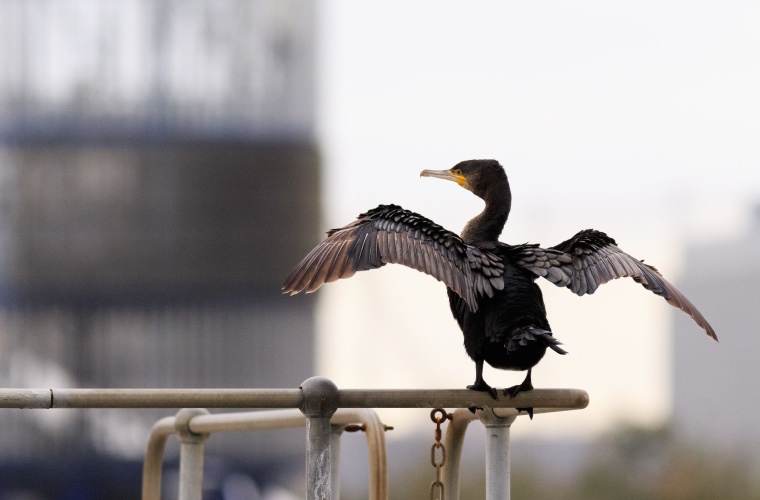
The Federation of European Aquaculture Producers (FEAP) has issued a critical position paper outlining the urgent need for a coordinated European strategy to manage the soaring population of Great Cormorant (Phalacrocorax carbo sinensis). Representing fish farming professionals across 24 national associations in 23 countries, FEAP stresses the severe ecological and economic impacts these birds have on aquaculture and biodiversity in Europe.
As FEAP's statement highlights, safeguarding aquaculture is vital not only for producers but also for the millions who depend on this industry for food security and livelihoods. Moreover, by acting now, Europe can protect its aquaculture industry, preserve biodiversity, and promote a balanced coexistence between humans and wildlife.
Over the past decades, as mentioned by FEAP in the statement, the Great Cormorant population has skyrocketed. According to BirdLife internetional’s 2015 monitoring data, the number of breeding pairs exceeds 400,000, translating to nearly 2 million individuals, the highest levels in recorded history. This explosion has led to significant challenges, including daily fish predation by cormorants exceeding 1,000 tonnes, causing devastating losses to fish farms. Both direct losses, such as fish consumption, and indirect effects, including stress, reduced welfare, and diminished production efficiency, threaten the viability of European aquaculture.
Predation on endangered species, such as eel and brown trout, exacerbates the decline of wild fish populations and hinders the achievement of good ecological status under the EU Water Framework Directive.
For these reasons, FEAP emphasises that local management measures, as currently implemented under the EU Birds Directive, are insufficient to address the scale of this problem. Instead, according to the Federation, a unified European strategy is required, with specific actions proposed to guarantee aquaculture producers the right to protect their privately owned fish stocks and maintain fish welfare by reducing constant predation.
FEAP considers it necessary to develop a comprehensive plan to assess habitat carrying capacities, establish control measures, and streamline administrative processes for applying derogations under the Birds Directive.
An immediate guidance document is also required, introducing simplified, unified procedures for applying derogations and reducing bureaucratic obstacles to ensure swift action.
For these reasons, FEAP proposes to allocate EU Rural Development funds to finance cormorant control measures and compensate farmers for damages to stocks and facilities.
It is also considered essential by fish farmers to increase support for innovative technologies and strategies to protect aquaculture operations. Sharing best practices across EU Member States is identified as critical for long-term success.



